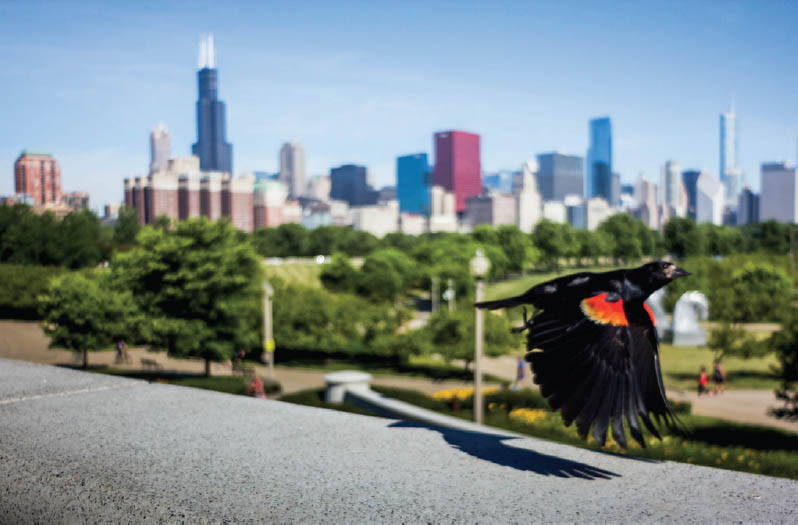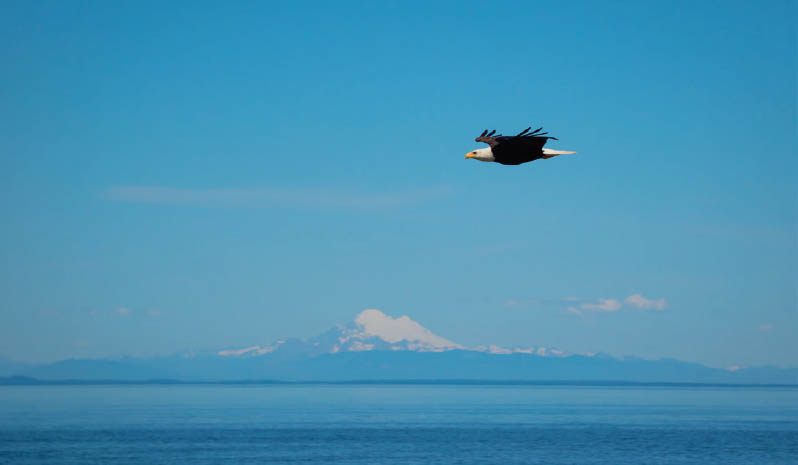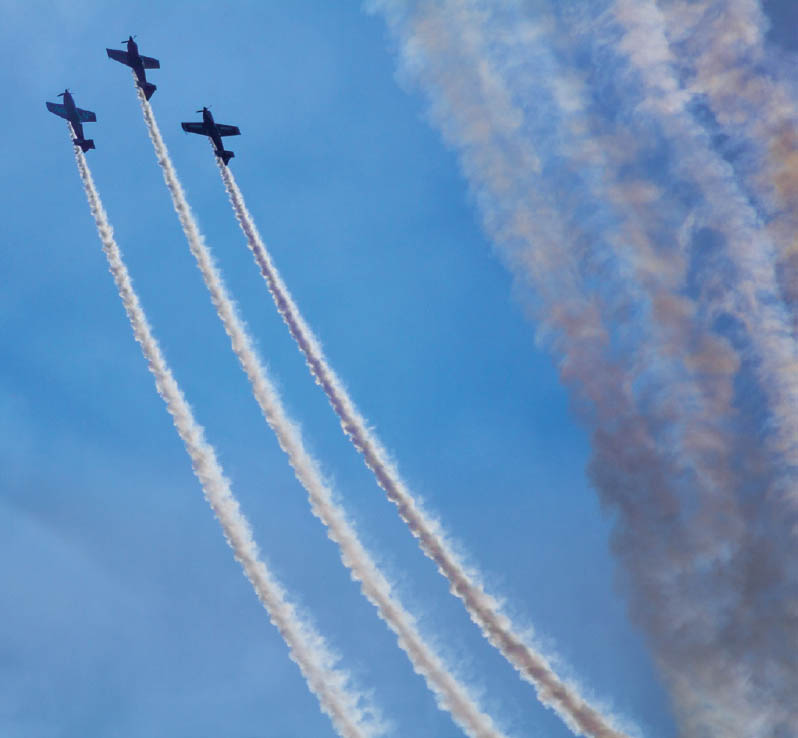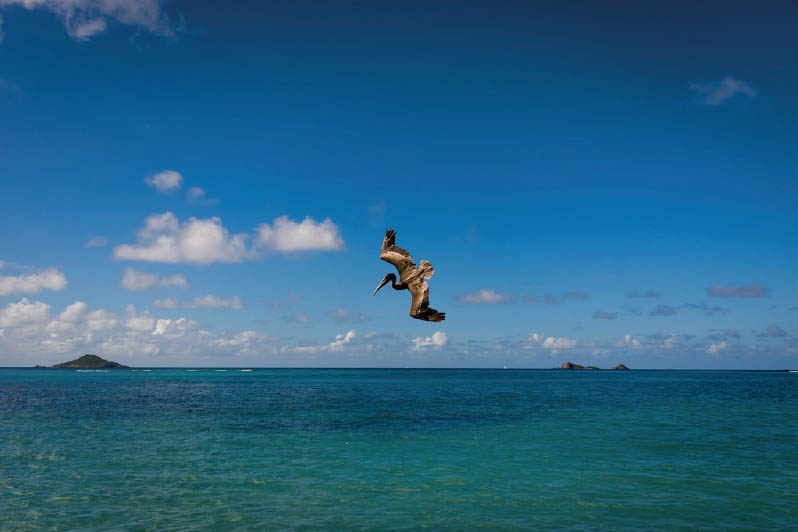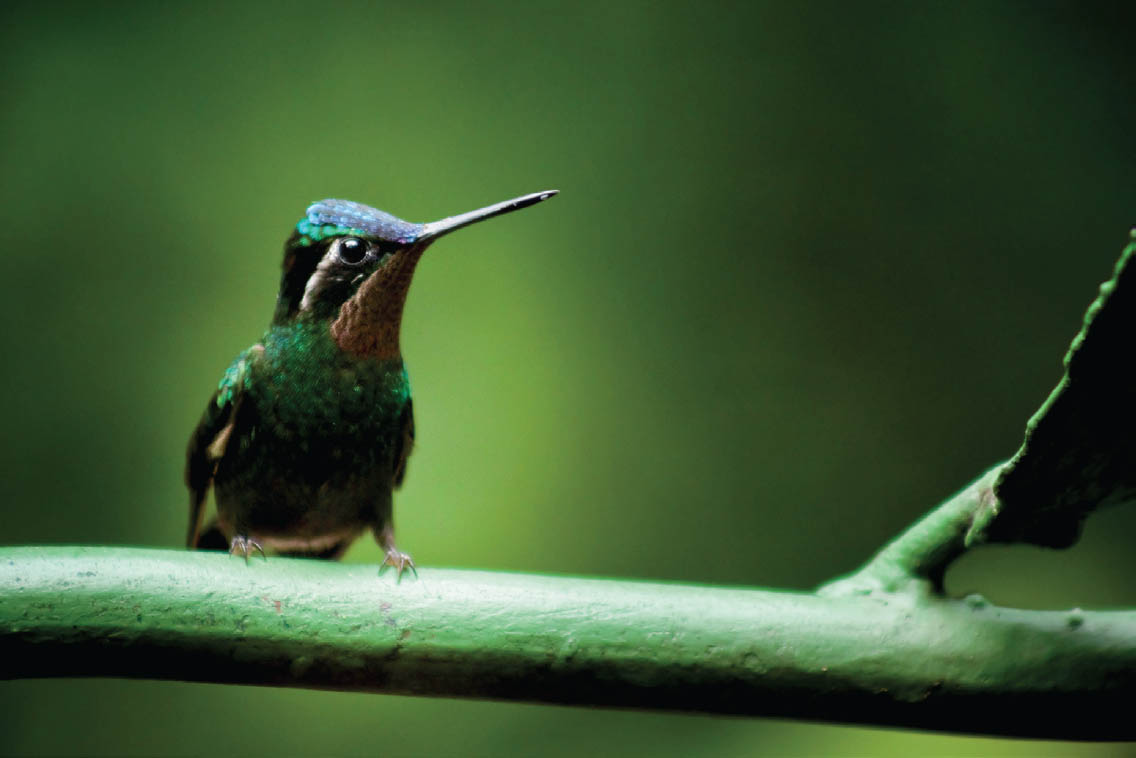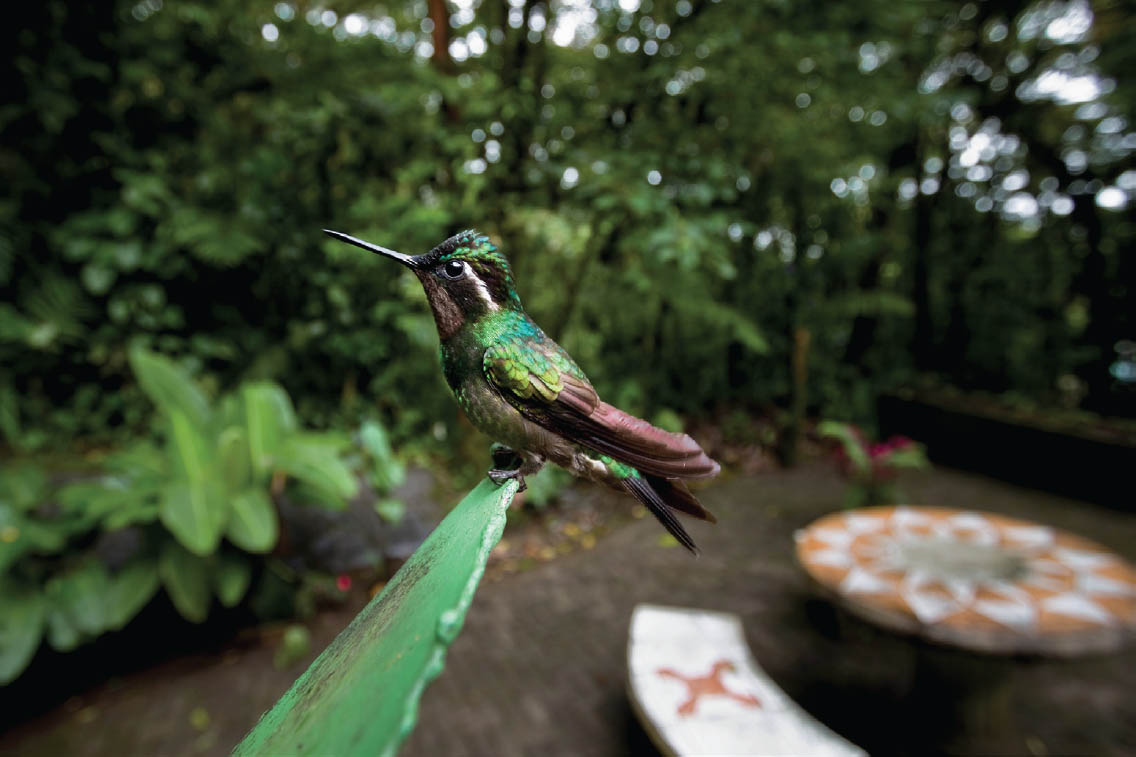42. FAST-MOVING SUBJECTS
![]()
REMARKABLY THERE ARE loads of similarities when it comes to photographing athletes and animals. With the exception of sloths and golfers, they usually move quickly and therefore offer limited opportunities to get your shot. Some concepts and settings are going to be universal for all fast-moving subjects, whereas other techniques depend more on the circumstances, variety, and direction of your subject’s movement. I shoot animals far more often than athletes, so most of this lesson is based on critters as subjects, but the techniques will work well with all fast-moving subjects, from humans to planes, trains, and automobiles.
General Best Practices
With most speedy subjects, it’s a good idea to shoot in Shutter Priority Mode and keep your shutter speed at 1/500 or faster (Figure 42.1). If your camera will let you program a minimum shutter speed ahead of time, go for it.
Set your camera to shoot in burst—high-speed burst if the situation calls for it—and make sure you’re using a high-capacity memory card with fast writing speeds. The exact speed necessary will vary based on the size of your RAW files and how quickly your camera can process the data. Some action photographers shoot in JPEG to allow their cameras to write the files faster without getting bogged down on longer bursts. I would rather shoot fewer burst images and keep shooting in RAW for the editing flexibility, but the choice is yours.
In most situations, AL Servo or Continuous focusing is the best focusing mode, because it allows the camera to quickly refocus as the subject moves through the frame.
42.1 Red-winged Blackbird takes off, Chicago, Illinois.
ISO 125; 1/2500 sec.; f/3.5; 20mm
42.2 A bald eagle soars with Mount Baker in the background, Port Angeles, Washington.
ISO 100; 1/800 sec.; f/5.6; 85mm
Predicting Movement
When I photograph a bird in flight, or a donkey chasing a smaller donkey, I keep both eyes open to help me spot my subject, and then move my camera with the motion of the subject as I shoot (called panning or tracking). Tracking can be a great way to capture lots of images throughout a subject’s range of motion or to keep the subject perfectly sharp with some motion blur in the background (Figures 42.2 and 42.3).
Keep in mind that the longer your lens, the faster a fast-moving subject will potentially disappear out of frame. Most of the time, you can keep them in frame by paying careful attention, but this works better with more predictable subjects. Birds don’t always fly consistently in one direction—they rise and fall, change speed, dive, swim, and sometimes walk (Figure 42.4). Unless you’re some kind of animal psychic, the timing of those movements is hard to anticipate. So if you’re having trouble tracking a particularly speedy critter, like the nightmarishly fast hummingbird, you may have to change things up a little.
A hummingbird belongs in a special class of magical animals along with seahorses, unicorns, and narwhals as far as I’m concerned. It doesn’t fly so much as it teleports. Rather than attempting to outwit or track a magical hummingbird (or a similarly elusive creature), I prefer to prep my gear and prefocus so when a subject flies into my shot I’m ready.
When I find a plant or a feeder that seems to be attracting a lot of hummingbird attention, I set my camera on a tripod and aim at that spot (Figures 42.5 and 42.6). I’ll choose an aperture around f/4 or f/5.6 so that I can maintain a good amount of depth in focus, and shoot at the highest shutter speed I can manage in the available light. Generally 1/500 or faster is a good place to start. I switch into Manual Focus and prefocus for the flower or feeder. To be certain that your focus will be tack-sharp, you can also turn on live view and enlarge the image on the screen, and then manually focus for more precision. Then all you have to do is wait.
42.3 Chicago Air and Water Show, Chicago Illinois
ISO 100; 1/6400 sec.
42.4 A pelican dives for fish, Virgin Gorda, British Virgin Islands.
ISO 160; 1/640 sec.; f/5.6; 22mm
42.5 Monteverde, Costa Rica
ISO 1000; 1/500 sec.; f/5.6; 300mm
42.6 It’s harder to catch a hummingbird with a slower shutter speed, but sometimes it works out. Monteverde, Costa Rica
ISO 100; 1/30 sec.; f/4; 10mm

